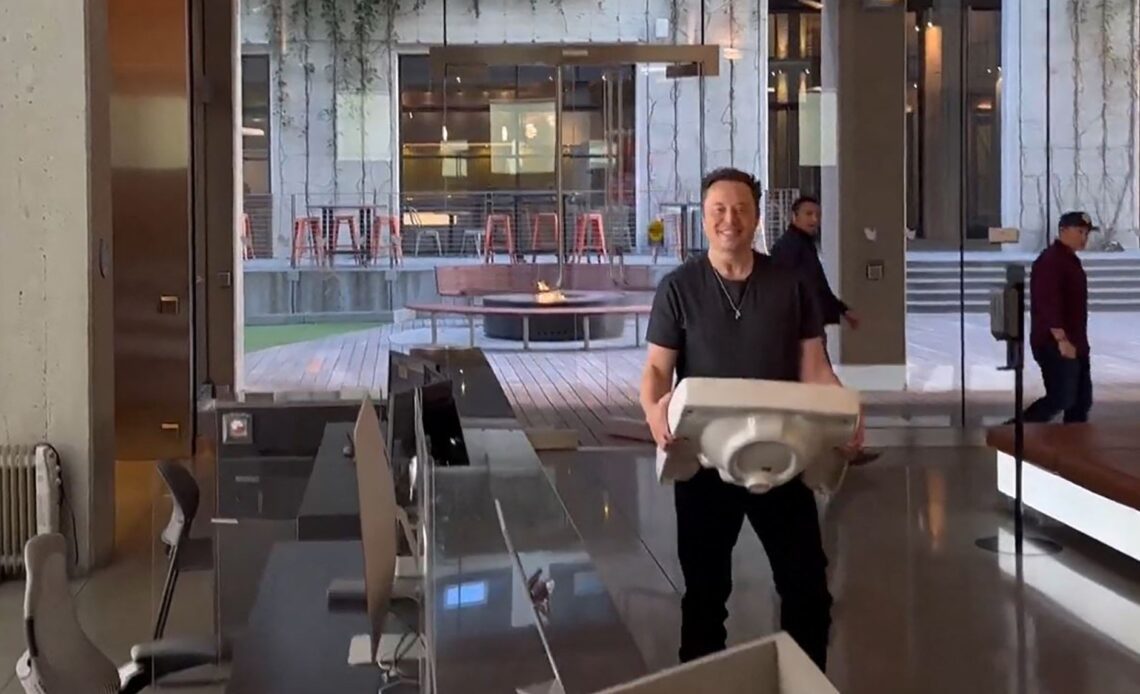The Twitter account’s display name read “National Weather Service.” The avatar was the National Weather Service (NWS) logo, and the handle was “@NWSGOV.” Crucially, the name was followed by the blue check mark that had been used to confirm an account was run by the person or organization it indicated. Only by clicking over to @NWSGOV’s full profile could one could see that it had just joined Twitter—and that the biography field noted it was a parody of the NWS, whose real account is @NWS.
The emergence of this and other realistic-looking spoof accounts of companies, politicians and celebrities was a predictable—and predicted—outcome of a change to Twitter’s long-standing “verified” feature that was quickly made this month by the company’s new owner, billionaire Elon Musk. Under the new program, any user could receive a blue check mark for any account simply by paying a monthly $8 fee.
The fake NWS account, along with other rapid changes and wild uncertainty about the future direction of the social media site, set off a wave of concern among weather forecasters, emergency managers and those who study crisis communications. Many of them have voiced worries that an effective tool for quickly disseminating accurate, up-to-date public information during weather events and other emergencies could quickly be riddled with misinformation that could put people in danger. Many fear this potentially lifesaving platform could become unusable or ultimately disappear.
“That kind of filled out this thought that myself and many others had when the plan for this new verification system was rolled out: What happens when somebody pretends to be a government agency or an account that provides lifesaving information to the public?” says Samantha Montano, an assistant professor of emergency management at Massachusetts Maritime Academy. “What could the repercussions of that be?”
When floodwaters are rising or a tornado is bearing down, time is of the essence in getting accurate information to those in harm’s way. Among social media sites, Twitter is uniquely situated to meet those needs, emergency management experts say. It has a relatively simple interface and presents each new post in a linear timeline that updates in real time. “Twitter is, for better or for worse, one of our best ways to get information out during an emergency,” says Kate Hutton, an emergency manager in Seattle, who has used Twitter for official communications…
Click Here to Read the Full Original Article at Scientific American Content: Global…

